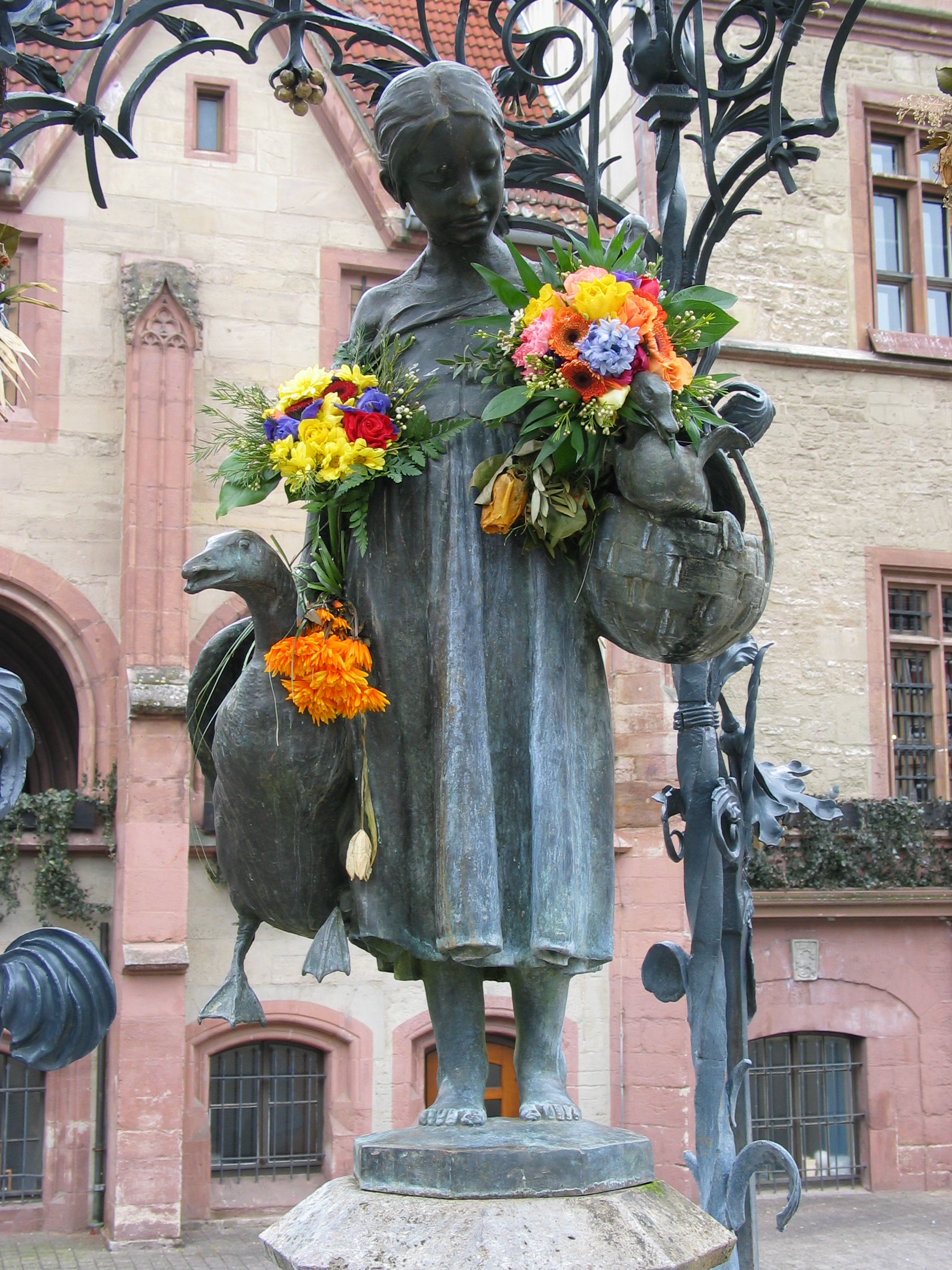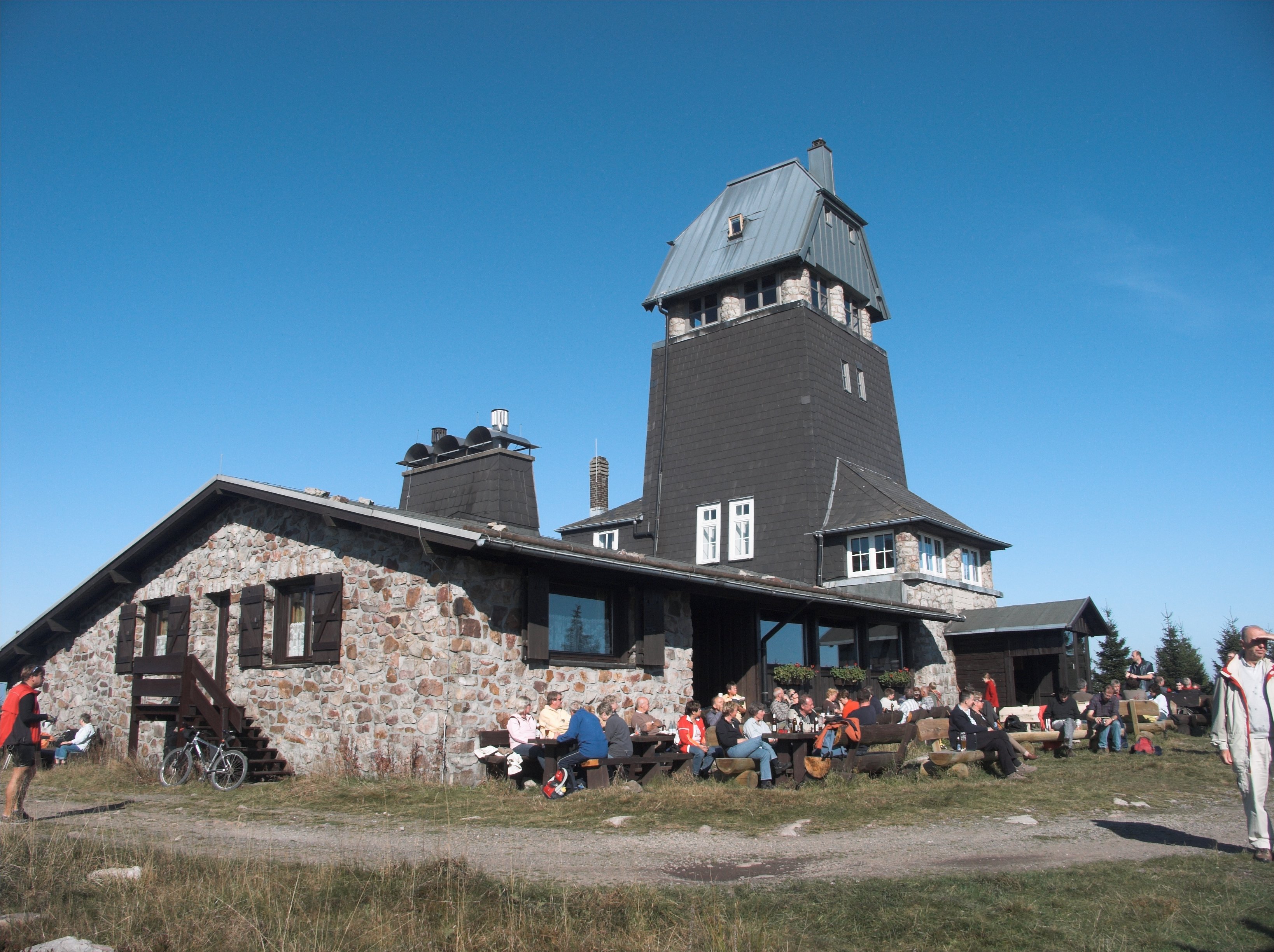|
Große Lonau
Große Lonau is a river in Lower Saxony, Germany. Course The Große Lonau rises at an elevation of 730 m in the vicinity of the Hanskühnenburg on the ridge of Auf dem Acker. Then it flows mostly in a south-southwest direction to Lonau, where it merges with the Kleine Lonau. The Große Lonau discharges into the Sieber in Herzberg am Harz. See also *List of rivers of Lower Saxony All rivers in the German state of Lower Saxony flow directly or indirectly into the North Sea. A–Z A B D E F G H I J K L M N O P * Purrmühlenbach R S T *Tiefenbeek *Trillkebach *Trutenbeek * Twiste U * Uffe *Ulrichswas ... References Rivers of Lower Saxony Rivers of the Harz Göttingen (district) Rivers of Germany {{LowerSaxony-river-stub ... [...More Info...] [...Related Items...] OR: [Wikipedia] [Google] [Baidu] |
Germany
Germany, officially the Federal Republic of Germany (FRG),, is a country in Central Europe. It is the most populous member state of the European Union. Germany lies between the Baltic and North Sea to the north and the Alps to the south. Its 16 constituent states have a total population of over 84 million in an area of . It borders Denmark to the north, Poland and Czechia to the east, Austria and Switzerland to the south, and France, Luxembourg, Belgium, and the Netherlands to the west. The nation's capital and most populous city is Berlin and its main financial centre is Frankfurt; the largest urban area is the Ruhr. Settlement in what is now Germany began in the Lower Paleolithic, with various tribes inhabiting it from the Neolithic onward, chiefly the Celts. Various Germanic tribes have inhabited the northern parts of modern Germany since classical antiquity. A region named Germania was documented before AD 100. In 962, the Kingdom of Germany formed the ... [...More Info...] [...Related Items...] OR: [Wikipedia] [Google] [Baidu] |
Lower Saxony
Lower Saxony (german: Niedersachsen ; nds, Neddersassen; stq, Läichsaksen) is a German state (') in northwestern Germany. It is the second-largest state by land area, with , and fourth-largest in population (8 million in 2021) among the 16 ' federated as the Federal Republic of Germany. In rural areas, Northern Low Saxon and Saterland Frisian language, Saterland Frisian are still spoken, albeit in declining numbers. Lower Saxony borders on (from north and clockwise) the North Sea, the states of Schleswig-Holstein, Hamburg, , Brandenburg, Saxony-Anhalt, Thuringia, Hesse and North Rhine-Westphalia, and the Netherlands. Furthermore, the Bremen (state), state of Bremen forms two enclaves within Lower Saxony, one being the city of Bremen, the other its seaport, Bremerhaven (which is a semi-enclave, as it has a coastline). Lower Saxony thus borders more neighbours than any other single '. The state's largest cities are state capital Hanover, Braunschweig (Brunswick), Lüneburg, ... [...More Info...] [...Related Items...] OR: [Wikipedia] [Google] [Baidu] |
Lonau
Lonau is a small village with a population of about 345 situated at an elevation of about 400m in the Harz Mountains of Northern Germany. Besides the clean air and lush forests, it is famous for the capercaillie. It belongs to the city of Herzberg am Harz which is about 4 km to the south. The rivers Große Lonau and Kleine Lonau join here. History The village of Lonau goes back to a settlement that was established here as a consequence of the setting up of iron ore mines and iron smelting huts at the beginning of the 16th century.''Lonau'' at www.herzberg.de. Accessed on 2 Nov 2010. Lonau was first mentioned in the records in ducal tax documents from 1615, although a smithy in Lonau had been named in 1525. Geography Lonau lies in the South Harz, in the middle of the[...More Info...] [...Related Items...] OR: [Wikipedia] [Google] [Baidu] |
Göttingen District
Göttingen (, , ; nds, Chöttingen) is a university city in Lower Saxony, central Germany, the capital of the eponymous district. The River Leine runs through it. At the end of 2019, the population was 118,911. General information The origins of Göttingen lay in a village called ''Gutingi, ''first mentioned in a document in 953 AD. The city was founded northwest of this village, between 1150 and 1200 AD, and adopted its name. In medieval times the city was a member of the Hanseatic League and hence a wealthy town. Today, Göttingen is famous for its old university (''Georgia Augusta'', or "Georg-August-Universität"), which was founded in 1734 (first classes in 1737) and became the most visited university of Europe. In 1837, seven professors protested against the absolute sovereignty of the kings of Hanover; they lost their positions, but became known as the " Göttingen Seven". Its alumni include some well-known historical figures: the Brothers Grimm, Heinrich Ewa ... [...More Info...] [...Related Items...] OR: [Wikipedia] [Google] [Baidu] |
Hanskühnenburg
The Hanskühnenburg is a mountain hut (german: Bergbaude) in the Harz mountains. It is located at a height of above sea level in fields known as ''Auf dem Acker'', or simply ''Acker'', in the middle of the Harz National Park and has its own observation tower. Its name comes from the legendary Hanskühnenburg Crag (''Hanskühnenburg Klippe'') 300 metres to the northwest, which was visited on 14 August 1784 by Johann Wolfgang von Goethe. Opposite the tower are the Hanskühnenburg Rocks (''Hanskühnenburg Felsen'') that are relatively small by comparison with the ''Klippe''. A bronze plaque was mounted on these rocks in 1999 to commemorate Goethe's visit. In front of the Hanskühnenburg Rocks, a monument was erected in 1924 to Albert Leo Schlageter. It has since fallen over and is rather weathered. History At the end of the 19th century, the Osterode branch of the Harz Club built the first wooden observation tower and a managed refuge hut on the thickly wooded ''Acker'' cr ... [...More Info...] [...Related Items...] OR: [Wikipedia] [Google] [Baidu] |
Sieber (river) Sieber is a river of Lower Saxony, Germany, in the Harz mountains. It is long and a right hand tributary of the Oder. The Sieber rises at 760 metres on the Bruchberg massif and flows through Herzberg before discharging at Hattorf into the Oder which, in turn, flows into the Rhume. Its tributaries include the Große Kulmke, Große Lonau and Goldenke. In February 1910, as part of his hydrological research into the '' Rhumequelle'', Karl Thürnau dyed the Sieber tributary of the ''Eichelbach'' (Herzberg) with six kilogrammes of fluorescein. Three days later, weakly dyed water appeared in the main source of the ''Rhumequelle''. This was confirmed in 1980 by dye tracing carried out by the Geological Survey of Lower Saxony (''Niedersächsischen Landesamtes für Bodenforschung''). This also indicated links between the ''Rhumequelle'' and the Sieber near Hörden and the Oder near Scharzfeld. The construction of a dam was planned but never realised. As a result the Sieber valle ... |



